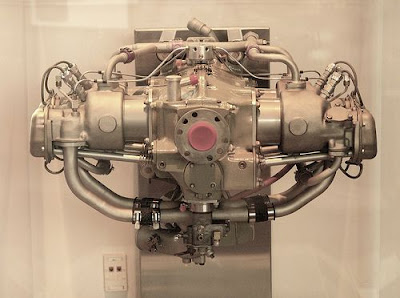
In most computer-controlled automobile engines, a mass air flow sensor is a small-yet-important part of the engine. A check engine light is often caused by a mass air flow sensor. Replacing a mass air flow sensor on your own is easier than changing your own oil – and could possibly save you hundreds of dollars.
Article Resource: Basics of the mass air flow sensor By Car Deal Expert
What the Mass Air Flow sensor is for
The volume of air entering the engine is measured by a mass air flow sensor. The combustion chamber has fuel sprayed into it by a fuel injected engine. The mass air flow sensor tells the computer that runs the engine how much fuel should be mixed with the incoming air for the best combustion. When the mass air flow sensor gets dirty, the fuel mixture gets either too rich or too thin. This means the engine does not run nearly as well, and gas mileage goes down significantly.
Where is the mass air flow sensor?
The mass air flow sensor, in most autos, is relatively easy to find. It can be found near the air filter. Most often, the mass air flow sensor is a small box between the air filter and engine, inside the air intake duct. There is also an electrical connection that transfers details between the mass air flow sensor and the engine controller.
Finding a way to clean the mass air flow sensor
When the mass air flow sensor gets dirty or degraded, the check engine light will typically come on. While replacing the mass air flow sensor may be required, cleaning it will extend the sensor’s life by eight to 12 months. To clean the mass air flow sensor, remove it, spray it with cleaner and let it air-dry. Use products for the mass air flow sensor. It must be air dried. If you try to hand-dry it, you could break the delicate parts of the air flow sensor.
No comments:
Post a Comment